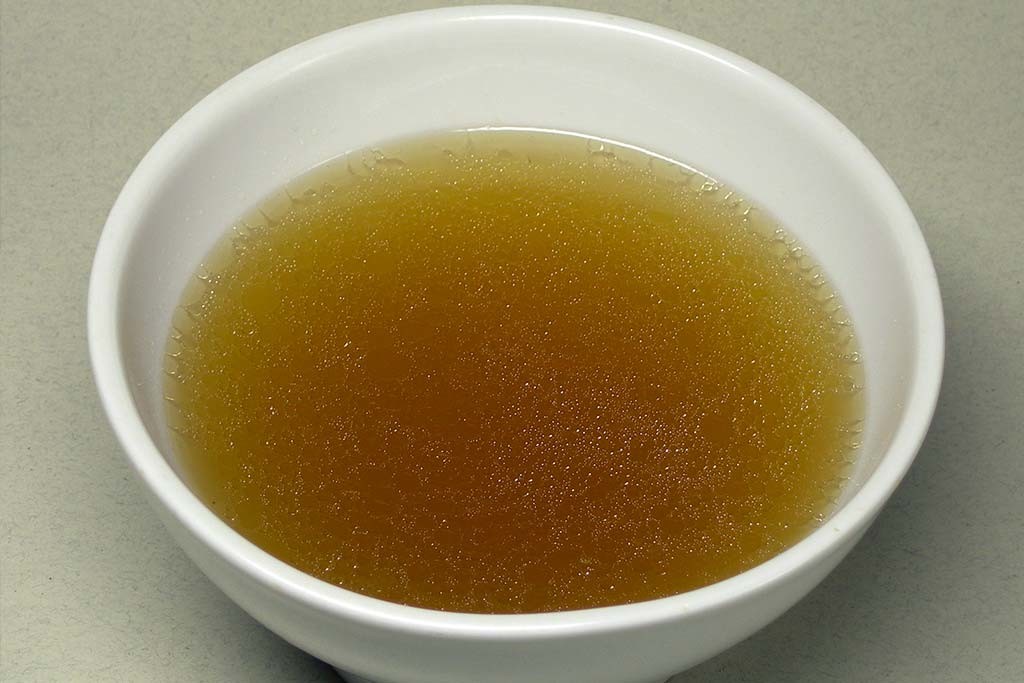Traditional diets would include the whole animal and this art has been lost today. They would cook with and eat the skin, bones, organs, connective tissue and the muscles.However, today we prize muscle meats and throw out the rest. Who has got it wrong? Bone broth is a way to add the nutritional profile of the skin, bones, organs etc back into our diet.
Most of us consume muscle meats as a main source of protein. It is regularly advised in inflammatory conditions to minimise red meat as it contributes to the inflammation. This is because of the amino acid profile that muscle meat contains. Red meat has high amounts of cysteine, methionine, histadine and tryptophan, which are the amino acids that are pro-inflammatory, decrease the immune system, slow thyroid function among others.
So how do we correct this? We need to add the good stuff back in.
What’s the good stuff? Bone Broth. Its that simple. The bone broth contains the anti-inflammatory amino acids that balance the inflammatory nature of muscle meats. The content of gelatin is high and has so many benefits.
GELATIN – it is rich in amino acids: glycine, glutamine and proline, these are anti-inflammatory, boost the immune system and the metabolism. Gelatin is simply cooked collagen and this is what traditional diets contained lots of.
Benefits of Gelatin
- Reduces inflammation
- Heals the lining of the gastrointestinal tract (including ulcers & leaky gut)
- Improves stomach acid and assists in better digestion
- Increases the absorption of calcium, thereby improving bone density and joint health and mobility
- Calms the nervous system
- Supports thyroid function to increase metabolism
- Helps support liver detoxification
- Reverses premature ageing due to it antioxidant effects
A way to incorporate gelatin into our daily diets is cook with the bones. Dishes like lamb shanks, osso buco and oxtail soup are a way to add some gelatin back in. Or of course, make a home-made broth, which can be used to make your stew type dishes (I add to beef stroganoff, spaghetti bolognaise, meatball sauce etc) or simply sip on a cup of bone-broth while you are munching down a steak.
A bone-broth recipe is much like the healing chicken soup we know we should consume when we are sick. But using beef bones, instead of chicken bones.
When you refrigerate the broth, you want it to have a jelly-like consistency, this means it is high in gelatin, which is what you want.
Beef Bone Broth / Stock
INGREDIENTS
Grass fed, grass finished beef bones – always try to get some marrow bones
Filtered water
1 red or brown onion
3 cloves garlic
1 leek
2 carrots
3 celery stalks
a few glugs of raw apple cider vinegar
fresh herbs – thyme, rosemary (any herb really)
1 teaspoon white & black peppercorns
1 teaspoon of celtic sea salt
(Use whatever is in the fridge, I also use cabbage, mushrooms, seaweed, zucchini)
METHOD
1. Preheat oven to 180 degrees C
2. Roast your beef bones in oven until browned. Use a sheet of baking paper.
3. Transfer bones into stock pot, discard the fat and liquid
4. Cover with filtered water and add apple cider vinegar and let sit for roughly 30 minutes (this will help leach out the minerals from the bones)
5. Add in roughly chopped vegetables, herbs, garlic cloves whole
6. Turn on heat, bring to boil briefly then simmer
7. Remove any froth/ scrum that floats to the top
8. Continue to simmer on a low heat for approximately 3 hours
9. After this time, turn off heat and leave to sit on bench overnight or for the rest of the day, this will increase the gelatinous nature of the soup
10. Strain, disgard solids and pour liquid into glass containers. Store in refrigerator (no more than 5 days) or freeze in usable size portions, jars or ice cubes.
If you enjoy reading about what foods should be eaten for optimal health, Amanda Howe’s book ‘Know Your Flow’ has a whole chapter that really gets into what foods are good for health and why. For more info, click here.
